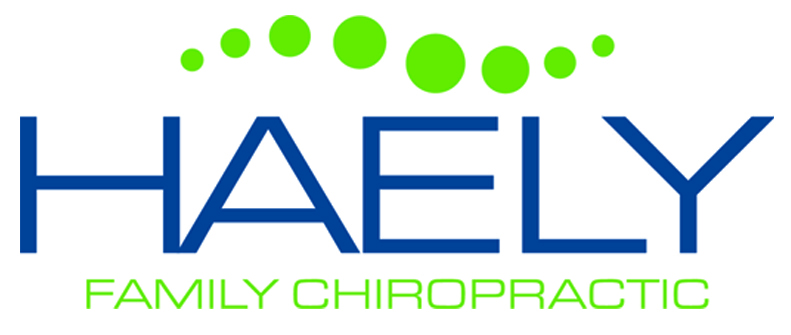Members of the Chamber of Commerce learned more about how to protect themselves and their businesses from cyber attacks and breaches at their monthly luncheon meeting at Carrie Cerino’s Ristorante. A presentation was given by Janet Gehring and Jim Kerr, owner of CRU Solutions, based in Middleburg Heights.
Kerr began the presentation, stating that “work used to be a place you go to. Now, it’s something you do.” Today, not only personal, but company data is carried with us from place to place with cell phones, tablets and laptop computers, which makes that data very vulnerable. “This allows a myriad of openings that cyber criminals are taking advantage to gain control,” said Kerr. These criminals are going after smaller businesses, which are used to pivot to their clients. Kerr said that about 41% of the hack attacks are small targets.
He talked about the data breach that happened to Target not too long ago. He explained that the breach took place when an HVAC contractor needed to log into the company’s system. The malware, which is software intended to damage or disable a computer or a whole system, sat for more than six months before the data was taken. He explained that the malware can sit quietly on a computer and if undetected, could then harvest data itself, or sell the data or entry into that computer or system. It can also be used to hold your computer for ransom. The data is held for ransom until you pay. If not, your data will be lost unless you have backed it up on a separate, detached drive.
Malware can come in through emails or through computers that are linked on a network. You may receive an email from someone you know, but when you open it, there may just be a link. These links or attachments deliver malware to your computer. Another way malware is downloaded is by visiting a website that is seemingly trustworthy. Kerr noted that another way malware can be delivered is through ads on the computer.
So, how do you protect yourself and your business from a cyber attack? “Security is about managing risk in layers,” said Kerr. Firewall software and anti virus software are two defenses against malware. He noted that the software should be newer than five years old, to keep up with technology. Utilize your email security and Spam control options. If you get an email you deem suspicious, drag it into the junk folder before opening, as there are protections there. Don’t open and email and/or attachment from someone you don’t know or are not expecting and don’t respond. Don’t unsubscribe to spam email. Utilize a two-factor login authentification, such as a password and a piece of information or a code that only the user knows. The computer can be set up to filter what web sites can be visited. Make sure all passwords are strong, at least eight characters, using upper and lower case letters, numbers and symbols. Back up your computer on a regular basis, making one copy that can be removed from the premises. When you are getting rid of all kinds of technology, including computers, printers, scanners and fax machines, remove and destroy the hard drive.
More information on CRU Solutions can be found at their website, www.crusolutions.com.
By GLORIA PLEVA KACIK
Contributing Writer














